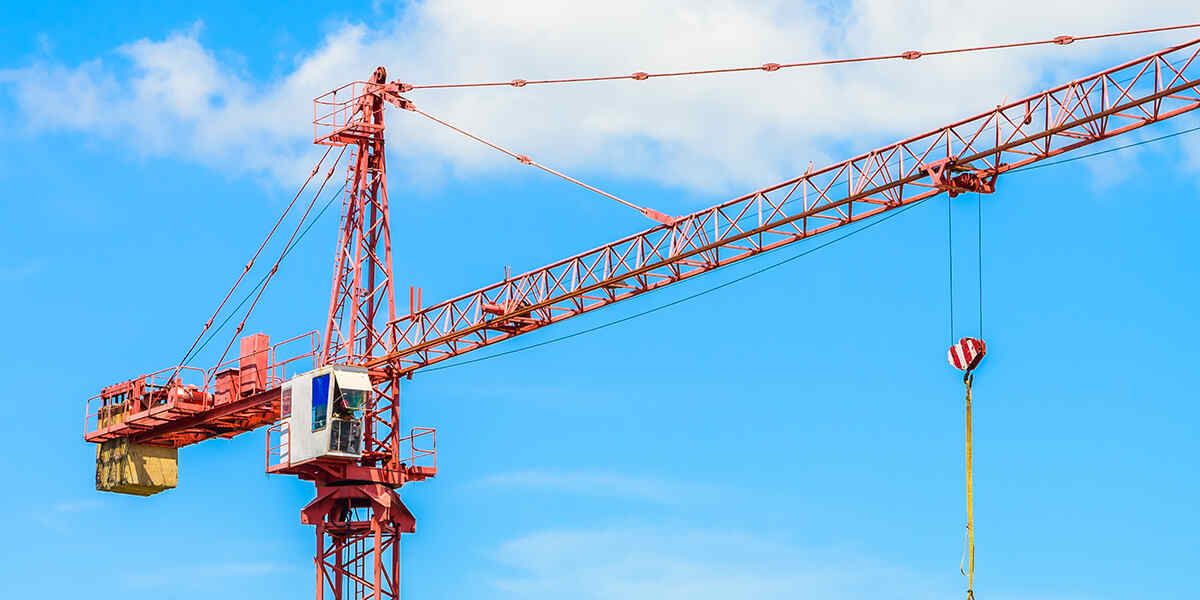
Understanding Crane Lifting Capacity: A Comprehensive Guide
Are you considering renting a crane for your construction property but don’t feel sure about the type you need? By understanding crane lifting capacity, you can ensure your construction project has all the power you need.
As the preferred crane rental service in Arizona, Hook Crane Services can help you pick the right crane for your goals. Keep reading to discover everything you should learn about cranes and their weight capacity.
What Is Crane Lifting Capacity?
Crane lifting capacity determines the maximum load a crane can lift safely. It helps crane operators and project managers choose the right crane type. Exceeding the crane’s load limit can cause catastrophic safety issues and damage, so understanding what determines a crane’s limit keeps your workers and construction site safe according to OSHA crane standards
What Affects Crane Lifting Capacity?
The following characteristics affect how much a crane can lift:
- Boom: The boom consists of the long arm extending from the body of the crane. The boom length and angle play an important role in capacity, and in general, the longer the boom, the less the capacity.
- Range: A longer boom means you can move materials from farther away, but it also increases the leverage exerted on the crane. Range and lift have an inverse relationship.
- Configuration: Adding counterweights can compensate for a crane’s longer boom and outriggers can further improve stability and increase lift capacity.
- Environment: High winds, muddy ground, and extreme temperatures can all reduce how much a crane can safely lift.
- Motion: Crane lifting capacity partially depends on whether you’re moving the crane. Movement creates instability, which lowers how much the crane can lift.
Understanding Load Chart Terms
You can obtain all the details you need about a crane’s capacity when you read the load chart. This helps the operator understand how much the crane can lift under various conditions. To successfully read a load chart, you must understand the following terms.
Radius
Radius measures the horizontal distance between the crane’s central pivot point to the center of the load it lifts. The higher the radius, the lower the lifting capacity.
Boom Angle
The boom angle compares the crane’s extended arm to the horizontal plane. The load chart outlines the various lift capacities for each boom angle. You can expect a higher angle to provide better lifting strength.
Lift Range
The crane’s lift range depends on its radius and boom length. A longer range can help cranes complete tasks in less accessible job sites but also reduces lift capacity without counterweights or other modifications.
Deduction
When you’re calculating the total weight of the load you can lift, you must consider the weight of added equipment like hooks and slings. Deduct the weight of these components from the crane’s overall capacity.
Rent Quality Cranes in Tucson, AZ
Now that you understand crane lifting capacity, Hook Crane Services can help you choose the best crane for your construction project. From helping you choose the right equipment to time and cost-effective crane rentals, you’ll love that we go out of the way to provide superior service.
To schedule your crane rental, call 520-323-0963; learn more now.
boom length, counterweights, crane type, load limit, maximum load, weight capacity